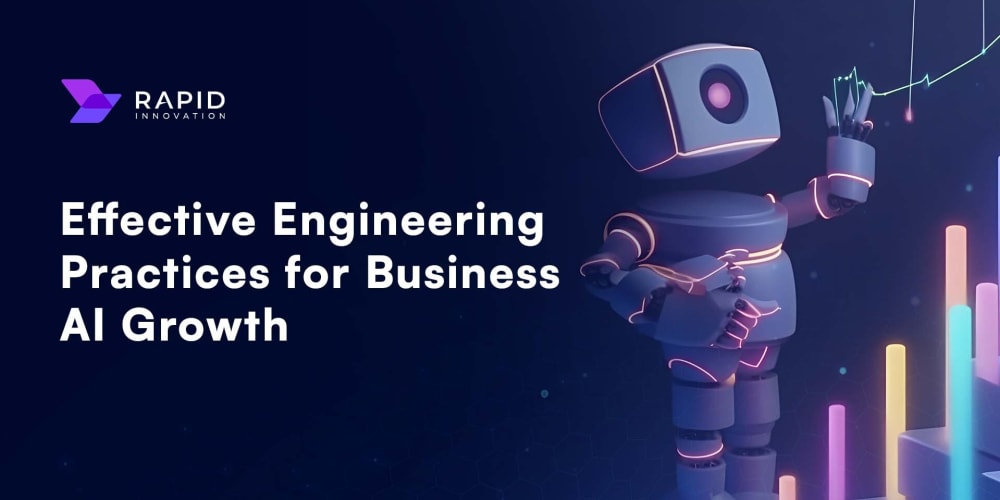Introduction
The integration of machine learning models into various sectors is revolutionizing how we process and utilize big data. Among these advances, the optimization of language models stands out as pivotal, especially in understanding and generating human-like text. This article delves into groundbreaking research that introduces an innovative methodology for pruning datasets to enhance the training efficiency of language models, which promises to significantly reduce the computational demand and time required for model training. Join me as we explore the implications of this research and its potential to shape future applications in technology and beyond.
Background and Context
The challenge of training language models efficiently is a significant hurdle in the field of artificial intelligence, particularly due to the vast computational resources and extensive datasets typically required. The research addresses this issue head-on by proposing a novel approach to evaluate text quality numerically within large, unlabelled NLP datasets. Historically, language models have been trained on massive datasets that often include noisy, low-quality, or even harmful content, which can degrade the performance and ethical standing of the resulting models.
This research stands on the shoulders of prior work, which primarily relied on human annotation and subjective judgments to assess text quality, a method fraught with scalability limitations and subjectivity biases. By introducing a model-agnostic metric for text quality, the researchers provide a scalable and objective method to prune low-quality data from training sets, thereby optimizing the training process and sidestepping the pitfalls of previous methodologies.
Methodology
Text Quality Evaluation
Weight Calculation
In this step, the researchers use 14 heuristic-based filters covering a wide range of linguistic characteristics like text complexity, word repetition ratio, syntax, and text length. These filters are applied individually to a dataset to obtain subsets of text instances that qualify for each specific filter. The validation perplexity for these subsets and the original unfiltered dataset is then calculated using a pre-trained language model.
Quality Scoring
Each document in the dataset is split into lines based on common sentence end markers. For each line, all heuristic filters are applied, resulting in an indicator matrix. The quality score for each line is calculated using the weights from the previous step. The scores for each line are then aggregated to obtain a document-level score.
Results
The researchers observed an absolute accuracy improvement of 0.9% averaged over 14 downstream evaluation tasks for multiple language models while using 40% less data and training 42% faster when training on the OpenWebText dataset. Similarly, a 0.8% average absolute accuracy improvement was observed while using 20% less data and training 21% faster on the Wikipedia dataset.
Implications
The key contribution of this research lies in establishing a framework that quantitatively evaluates text quality in a model-agnostic manner and subsequently guides the pruning of NLP datasets for language model training. By leveraging this quality score metric, the researchers enable a more efficient allocation of computational resources and reduce the data requirements for training language models. This approach not only expedites the training process but also enhances the overall effectiveness of the models.
Conclusion
This innovative approach to text quality-based pruning for efficient training of language models represents a significant advancement in the field of artificial intelligence. By providing a scalable and objective method to evaluate and prune low-quality data, this research paves the way for more efficient and effective language model training. As we continue to push the boundaries of AI and machine learning, methodologies like these will be crucial in optimizing our use of computational resources and improving the performance of our models.
For more insights into AI and blockchain development, check out Rapid Innovation's blog.
Reference: Text Quality-Based Pruning for Efficient Training of Language Models



















